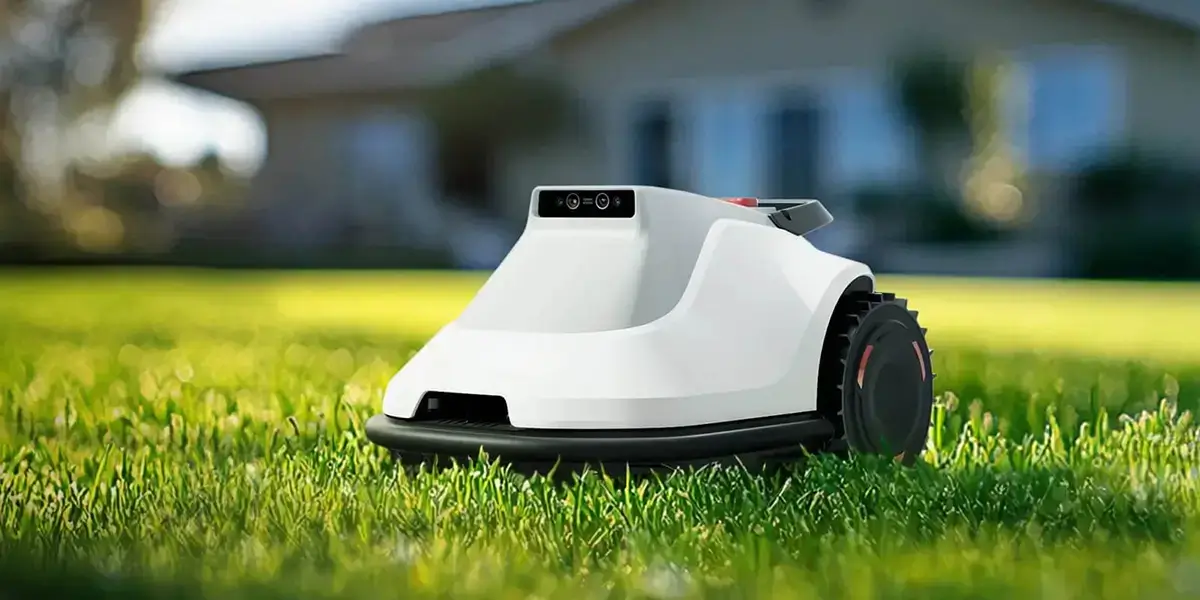Imagine you're tinkering with a machine that needs precision control—think robots, CNC machines, or even sophisticated automation. What keeps things running smoothly? The humble yet mighty servo motor. When diving into its world, one thing pops up quickly: the HS code. Not something most people think about daily, but crucial when importing, exporting, or just understanding its value on a global scale.

The HS code—short for Harmonized System code—is like the universal language of international trade. For servo motors, the right classification isn’t just paperwork; it’s the key to smooth customs clearance and accurate duty calculations. But finding the exact code isn’t always straightforward. Some might wonder, “Is servo motor always under one HS code?” Well, not quite. Depending on its specifications—such as size, purpose, or power—different categories might come into play.
Take, for example, a small, precision servo used in hobby robotics versus a heavy-duty industrial servo motor designed for CNC machinery. Their HS codes could differ, affecting tariffs and import regulations. It might seem minute, but this tiny detail can influence costs significantly. That’s why understanding how your product fits into the broader classification matters. Think of it as its passport in the trade world—without the right stamp, you could face delays and extra costs.
Here’s a question that often comes up: “Can I just use the same HS code for all servo motors?” Well, not exactly. It’s like assigning the same genre to all movies—some are comedies, others are thrillers. Responsibly classifying your servo motor requires examining its features and intended use. For businesses, this means saving money, avoiding customs headaches, and ensuring compliance.
And hey, how does one confirm the right HS code? Usually, consulting with customs experts or referencing official tariff schedules can clarify things. But having a clear understanding of your product’s specs and function makes the process smoother. Imagine you're at a crossroad—knowing the correct classification helps you choose the right path, avoiding unnecessary detours.
The world of servo motors isn’t static; new innovations emerge, and regulations shift. Staying updated on HS codes isn’t just about trading today—it’s about preparing for tomorrow. When you understand how your product fits into the global market, it’s like knowing the secret recipe for smooth international moves.
At the end of the day, whether you’re importing, exporting, or just curious, getting a grip on the HS code for servo motors makes everything clearer. It’s about protecting your interests, saving money, and keeping things moving seamlessly. Because in this fast-paced, interconnected world, knowledge isn’t just power—it’s peace of mind.
Established in 2005, Kpower has been dedicated to a professional compact motion unit manufacturer, headquartered in Dongguan, Guangdong Province, China. Leveraging innovations in modular drive technology, Kpower integrates high-performance motors, precision reducers, and multi-protocol control systems to provide efficient and customized smart drive system solutions. Kpower has delivered professional drive system solutions to over 500 enterprise clients globally with products covering various fields such as Smart Home Systems, Automatic Electronics, Robotics, Precision Agriculture, Drones, and Industrial Automation.




































